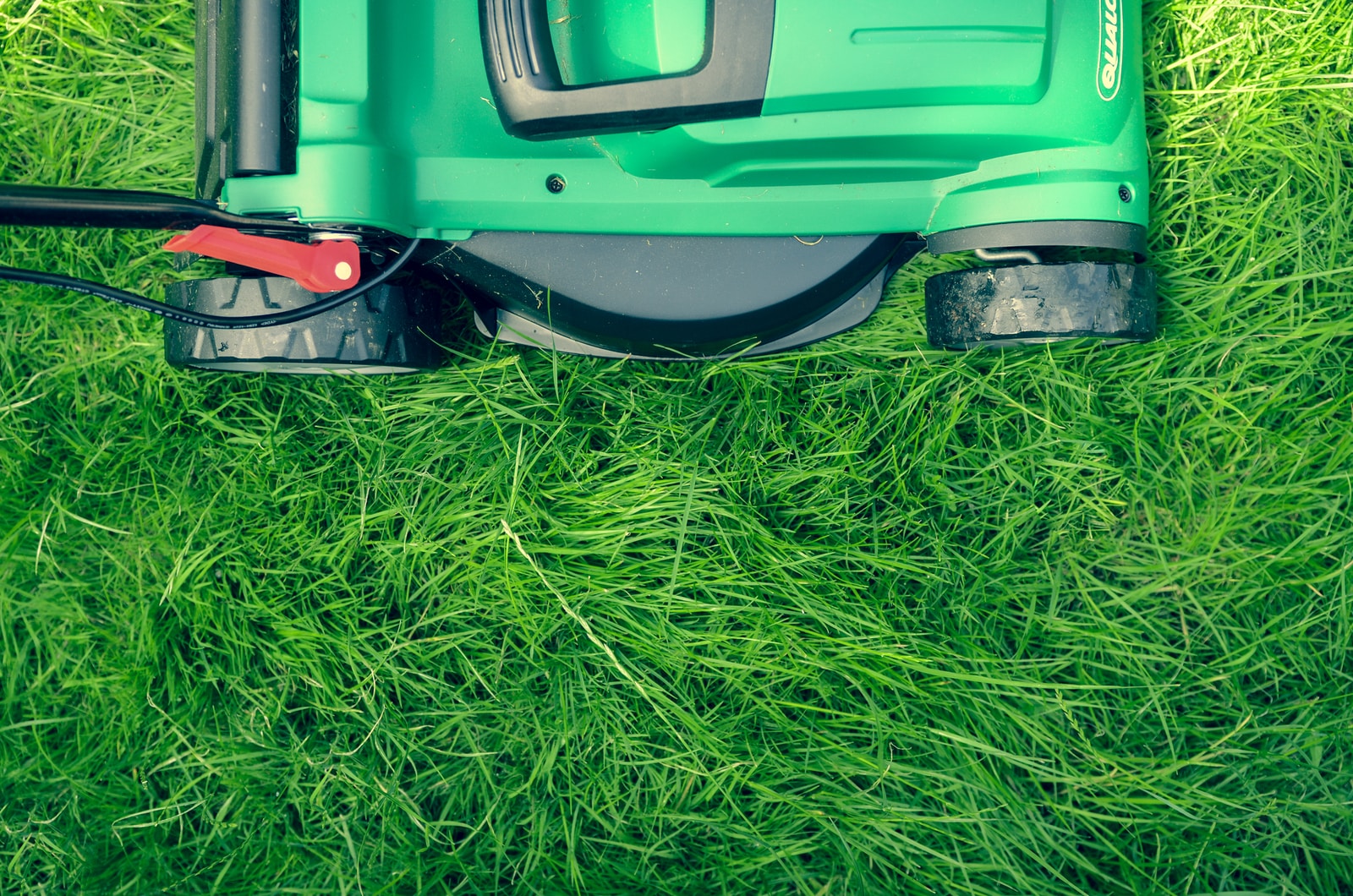Green landscaping, also known as sustainable landscaping or eco-landscaping, is a method of designing your landscape in such a way that saves time, money and energy. Green landscapes also reduce pollution in the air and in the soil and provide habitats for native insects and other animals.
STAY INFORMED
In addition to sun, water and soil, the shape of the land and the insects and other wildlife in the area have an effect on what will grow in your yard? Likewise, they are affected by what you plant.
How to make your landscaping more sustainable and increase biodiversity in your yard:
- Make a plan.
Before you begin, set your intentions. What kind of space do you want to create? Are you looking for a space for relaxation? Gardening? Recreation? One common misperception is that green landscaping means you won’t be able to enjoy your outdoor space. Starting with a clear idea of how you want to use the space will help you in planning your sustainable landscape. Need help? There are plenty of options. - Choose native species.
Choosing a variety of native plants will be healthier for your landscape and will require lower maintenance. It will also create a home for the insects and animals that lived on your property before your home was built and will attract pollinators and birds. Native plants tend to have deeper roots as well, which make them more drought resistant and helpful in preventing soil erosion. Not sure which species are native? Download the Connecticut Native Plant and Sustainable Landscaping Guide by UCONN. - Remove invasive plants.
Learn to identify invasive plants and remove them when you find them. Invasive species displace native habitats and contribute to the extinction of native plants and animals. This comprehensive list of invasive plants by UCONN is a great resource to learn which plants do not belong in Connecticut. The CT Department of Energy and Environmental Protection also offers information. Remove invasive plants by pulling them out by the roots manually and disposing of them. In some cases, you may need to use weed killers or herbicides. - Reduce open space.
It’s certainly OK to keep a portion of your yard for open space, especially if you and your family enjoy recreational activities that require it. But look for places where you can reduce the typical American lawn and replace it with meadows, native plants, bushes and trees.
TIP
Install a rain barrel to redirect and reuse the water runoff from your home’s roof.
Install green infrastructure
Storm drains and pipes that divert runoff to local waterways are known as gray infrastructure. In contrast, green infrastructure uses natural structures and plants to capture, absorb, filter and reuse stormwater. Some green infrastructure ideas include:
- Rain gardens.
Rain gardens are shallow depressions filled with native plants that collect runoff from a roof, driveway or yard, and allow the ground to absorb it. - Bioswales.
Similar to rain gardens, bioswales move water away from buildings to better locations to be absorbed. - Downspout planters.
Installing plant boxes at the base of a gutter downspout can capture and reuse water for flowers. - Rain barrels.
Rain barrels capture rainfall, usually from a roof, and collect it to be reused for watering lawns and gardens or washing cars. Aquarion Water Company offers a water rain barrel purchase program.
The Aspetuck Land Trust is a great resource for homeowners looking to increase biodiversity in their yards.
